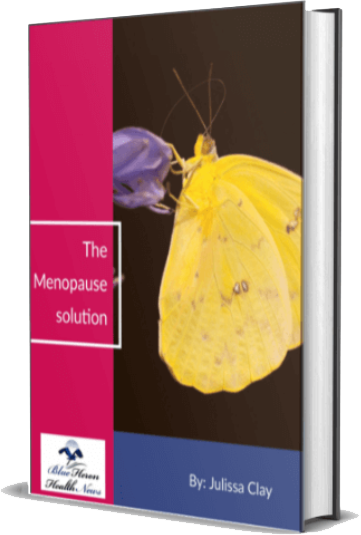
What is the role of estradiol levels in diagnosing menopause?
Estradiol is crucial for menopause diagnosis, but it’s not usually used alone, but along with other hormone tests, like FSH. The following is a brief description of the usage of estradiol levels in menopause diagnosis:
???? What is Estradiol?
Estradiol is the major estrogen present in premenopausal women.
It’s produced primarily by the ovaries and is important for regulating the menstrual cycle, bone density, and the condition of vaginal tissue.
???? Estradiol Levels in Menopause
As the ovaries slowly lose function, estradiol levels drop significantly.
During menopause:
Estradiol typically falls below 30 pg/mL (some labs may have slightly different criteria, however).
Levels fluctuate widely during perimenopause, so a single test result may be less definitive.
???? How It Helps in Diagnosis
Low estradiol + High FSH = Strong suggestion of menopause.
Helps to distinguish between:
Perimenopause (fluctuating levels)
Menopause (consistently low levels)
Other explanations for missed periods, such as hypothalamic amenorrhea or pituitary disease.
Can also facilitate the diagnosis of premature menopause in young women (age < 40).
???? Estradiol Testing Limitations
Estradiol levels can fluctuate day-to-day, especially in perimenopause.
Estradiol alone is not enough to make the diagnosis of menopause definitively.
Best used in combination with FSH, medical history, symptoms (e.g., hot flashes, missed periods), and sometimes thyroid testing.
???? Clinical Use Example
If a 42-year-old woman presents with irregular periods and hot flashes:
Estradiol is checked: It’s low (e.g., 15 pg/mL)
FSH is checked: It’s high (e.g., 40 mIU/mL)
Together, this would make early menopause likely.
Would you like a simple chart comparing normal vs. menopausal hormone levels? Or help interpreting test results for a specific case?
Blood tests can help diagnose menopause but might not always be 100% accurate and conclusive by themselves — especially during the perimenopausal phase, when hormone levels go crazy. Let’s take a closer look:
✅ What Blood Tests Can Tell You
Typical blood tests administered are:
Follicle-Stimulating Hormone (FSH): Normally elevated in menopause.
Estradiol (E2): Normally decreases as ovaries shut down.
Luteinizing Hormone (LH): May also rise, but less commonly tested for menopause.
Anti-Müllerian Hormone (AMH): Declines with age and can indicate ovarian reserve (more commonly used in fertility cases).
Thyroid-stimulating hormone (TSH): To rule out thyroid disorders that have menopause-like symptoms.
???? Accuracy Depends On Context
Hormones fluctuate day to day during perimenopause — so a single blood test may not tell the full story.
In postmenopause (after 12 months of amenorrhea), FSH is usually always raised, and estradiol is low, so blood tests become more reliable.
Blood tests are more reliable if they are associated with symptoms and age, usually after 45 years.
???? Limitations
A normal FSH level does not rule out menopause in the context of symptoms.
Hormonal contraceptives can suppress FSH and estradiol, and results are unreliable.
Other illnesses (e.g., thyroid disease or high prolactin levels) can mimic menopausal symptoms and complicate interpretation.
???? What Physicians Usually Do
Instead of relying solely on blood tests, physicians usually:
Focus on symptoms (hot flashes, irregular periods, sleep disruption, etc.)
Consider age and menstrual history
Use blood tests selectively — usually in younger women (age < 45) or when the cause of symptoms is unclear
???? Summary
Phase\tBlood Test Usefulness\tNotes
Perimenopause\tLimited\tHormones fluctuate
Menopause More reliable High FSH + low estrogen
Postmenopause Most accurate Hormone levels settle
Want a list of symptoms or more information on how blood tests fit into hormone therapy decisions?

The Menopause Solution™ By Julissa Clay – Blue Heron Health News The Menopause Solution it can be concluded easily that you should try this program at least once if menopause is destroying your internal organs or deteriorating your physical health to a considerable level. This program can help in resolving your health issues caused by perimenopause and menopause in a completely natural manner. You can use this program without any risk as you can get your money back if you are not satisfied with its results.